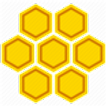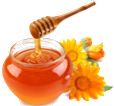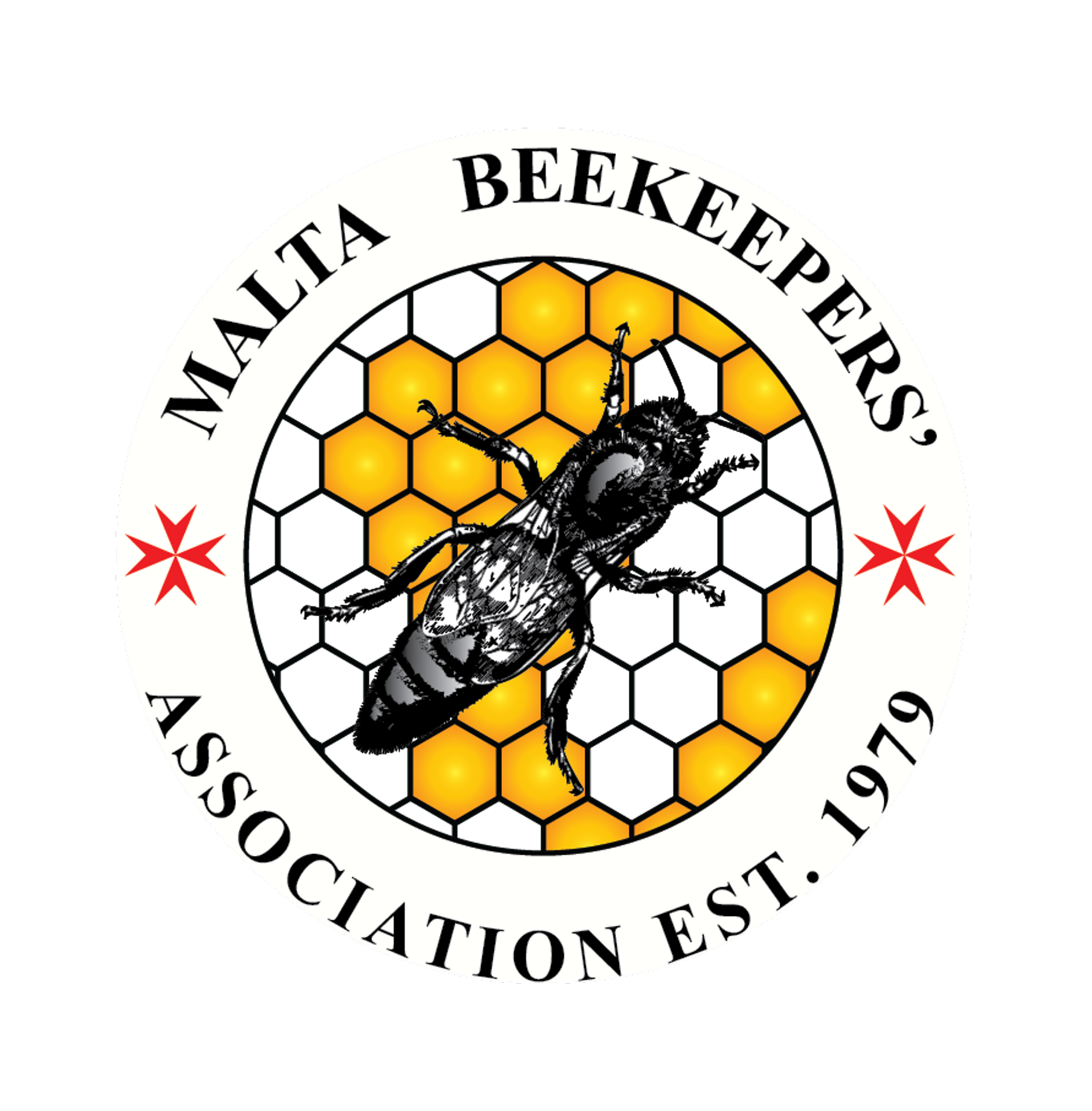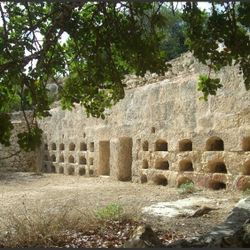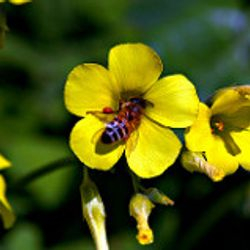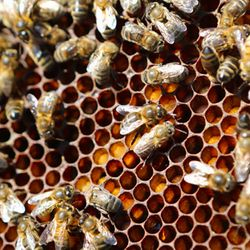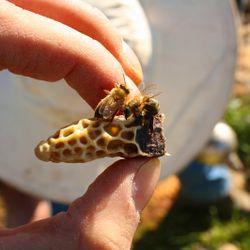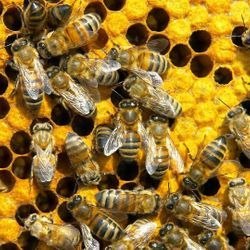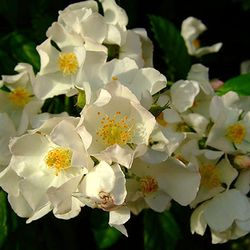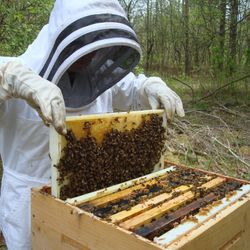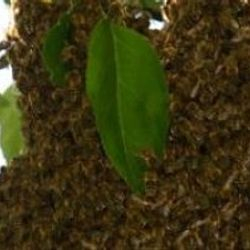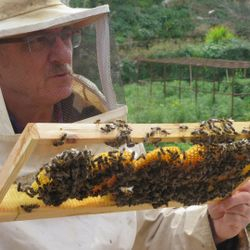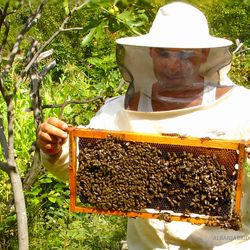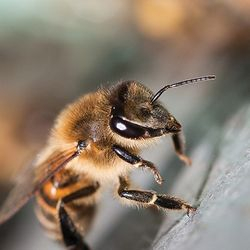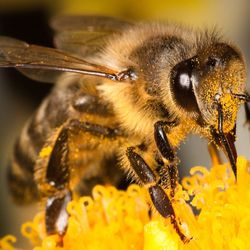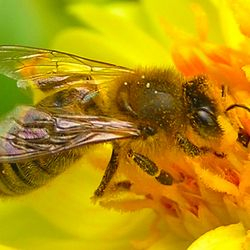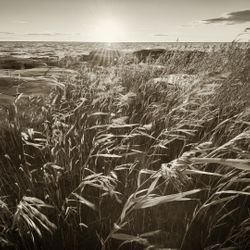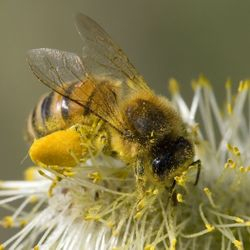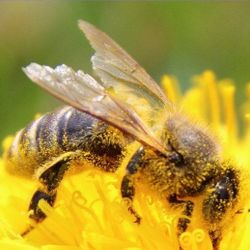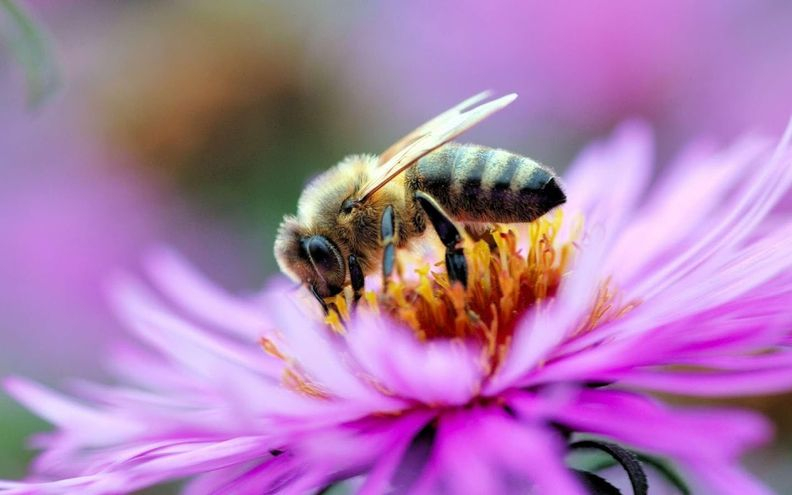
History of Species
The bee is of relatively black in colour. It is well adapted for high temperatures and dry Summers and cool Winters. Colonies have brood all year round and with good response to the seasons on the islands. The Maltese bee is very well adapted to its natural environment and will not let other bees, wasps or small animals rob its stores of honey. Unlike other subspecies, it will forage in adverse weather conditions and resists very high temperatures and drought conditions. In the past and mainly due to strong hybridisation, the Maltese bee has a highly defensive temperament and as a result it was not highly appreciated by the local beekeepers. Nowadays this bee has been selectively bred for docility high production and diseases resistance and being so well adapted to the Maltese climate, it has become the best choice for Maltese beekeepers.
Maltese Bee Origin
The species is considered as making a comeback after Varroa was introduced to Malta in 1992. At that time colonies of bees from abroad were imported to compensate for the loss of native colonies. In 1997 the species was identified as a sub-species. It breeds well with the Italian sub-species making a strain that defends well with the Italian sub-species making a strain that defends well against Varroa and has good honey yield, while less aggressive, although this is somewhat endangering the Maltese sub-species as a genetically distinct entity and after some generations it ends up a totally aggressive hybrid.
Life is a flower of which Love is the Honey - Victor Hugo -
Spring Honey
is usually a composition of different wild flowers and in fact it is frequently labelled as multi flora honey. In Spring honey bees collect nectar mainly from wild flowers like white thistle, Sulla, borage, dandelion, wild mustard and many other plus some crops and ornamental/fruit trees, especially citrus trees
Summer Honey
is most typically Wild thyme honey (Thymus capitatus) and is almost exclusively uni floral but there may also be other lesser floral sources, depending on the locality.


Autumn Honey
is also multi floral but mainly composed of a mixture of 2 main tree species, Carob and Eucalyptus but this honey varies considerably between different localities.
